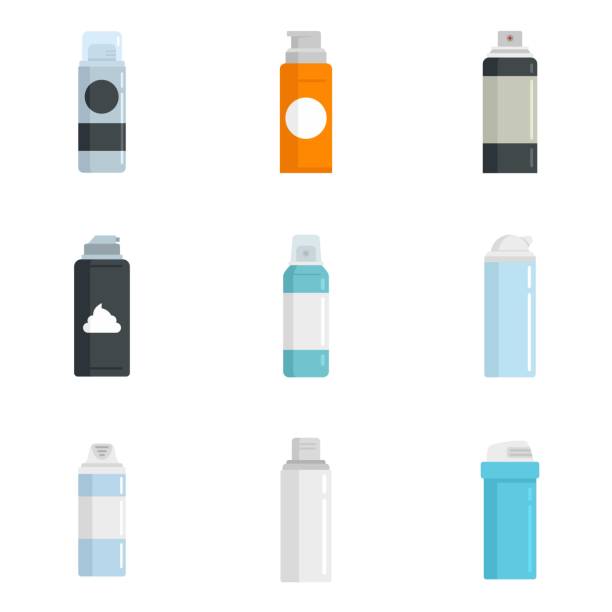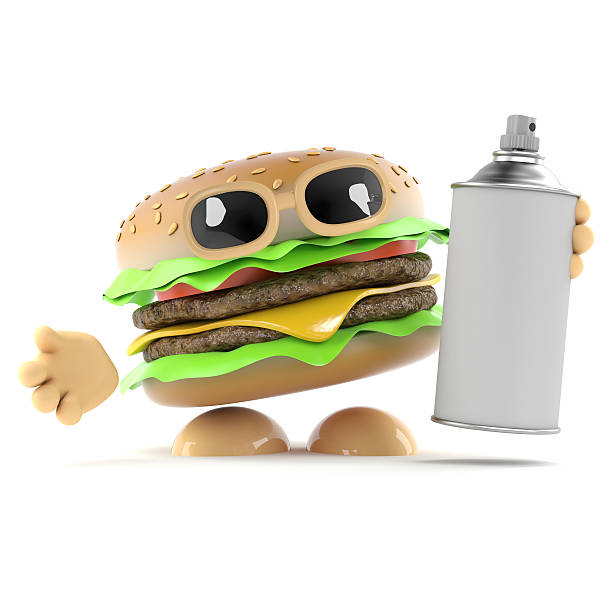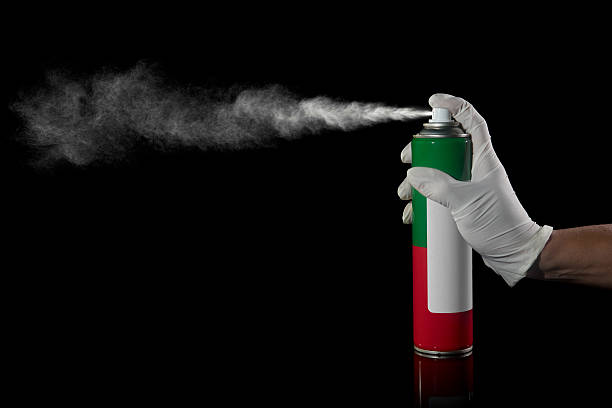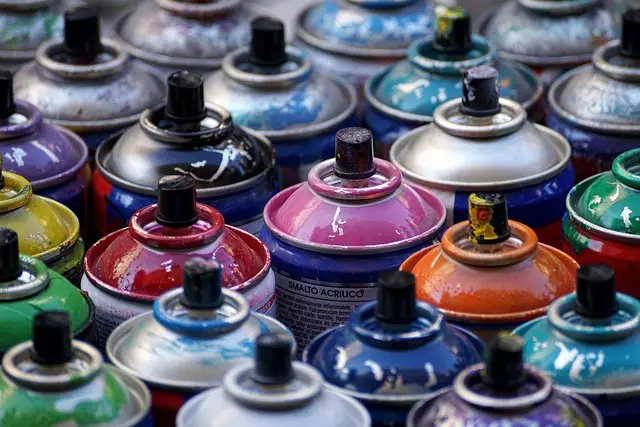Aerosol spray paint cans are an essential tool for both professionals and DIY enthusiasts. Whether you’re a seasoned artist, a home improvement aficionado, or someone just looking to touch up a few items around the house, spray paint is one of the most versatile and accessible products available. But what exactly is a spray paint can? How does it work, what are the safety concerns, and can it expire? In this comprehensive guide, we will answer all these questions and more.

What is a Spray Paint Can?
Spray paint is a type of paint that comes in an aerosol can, designed to disperse the paint in a fine mist when the nozzle is pressed. The can typically contains a mixture of liquid paint, propellant, and other ingredients that allow it to be sprayed through a nozzle onto a surface. This method of painting is favored for its convenience and even coverage, making it ideal for a wide range of applications from artistic endeavors to industrial use.
The History of Aerosol Spray Paint
Aerosol spray paint has a fascinating history that dates back to the early 20th century. The concept of using pressurized cans to disperse substances has been around since the 1920s, but it wasn’t until 1949 that the first spray paint can was created. This innovation came from the mind of an industrial designer named Edward Seymour. Seymour and his wife, Bonnie, were working on developing a paint product that could be easily applied to metal surfaces. Their work led to the invention of the first spray paint can, which quickly gained popularity.
Before the spray paint can, painters had to use brushes or rollers, which were more time-consuming and less efficient. The introduction of spray cans revolutionized the way paint was applied, offering faster, cleaner, and more consistent results.
How Do Spray Paint Cans Work?
Spray paint cans operate based on the principles of physics and chemistry. The can is typically filled with a mixture of paint and a propellant, which is a gas that helps push the paint out of the can when the nozzle is pressed. When you depress the nozzle, the propellant forces the paint through the small opening, creating a mist of fine droplets that coat the surface evenly.
The propellant used in modern spray paint cans is typically a hydrocarbon-based compound or compressed gas such as butane or propane. These gases are safe for use in aerosols, as long as the can is used properly.
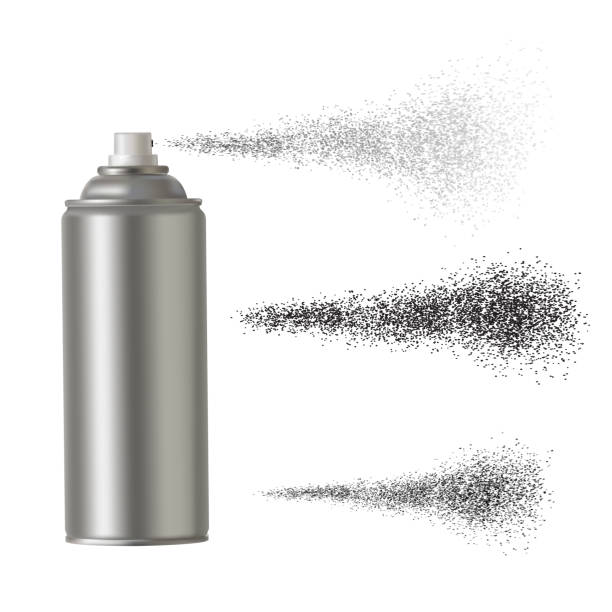
Safety Considerations When Using Spray Paint Cans
While aerosol spray paint is a great tool for many tasks, it’s important to take certain safety precautions to avoid accidents and health risks. Here are a few key safety guidelines to follow:
Ventilation is Key
Spray paint contains volatile organic compounds (COV) that can be harmful when inhaled. Always use spray paint in a well-ventilated area, such as outdoors or in a room with plenty of open windows. If you must use spray paint indoors, ensure that the area is properly ventilated, and consider wearing a respirator mask to protect your lungs.
Flammable Materials
Most spray paints are highly flammable due to the propellant used in the can. Never use spray paint near open flames, sparks, or heat sources. Inoltre, always store your spray paint cans in a cool, dry place away from direct sunlight and heat.
Protective Gear
While spray paint is safe when used correctly, it’s always a good idea to wear protective gear. A mask, gloves, and goggles can protect you from inhaling paint fumes and prevent skin and eye irritation. Furthermore, wearing old clothes is advisable, as spray paint can be difficult to remove from clothing.
Proper Disposal
Do not puncture or incinerate empty or partially used spray paint cans. Always dispose of them according to local regulations. Many cities have recycling programs for aerosol cans, so be sure to check your local disposal guidelines.
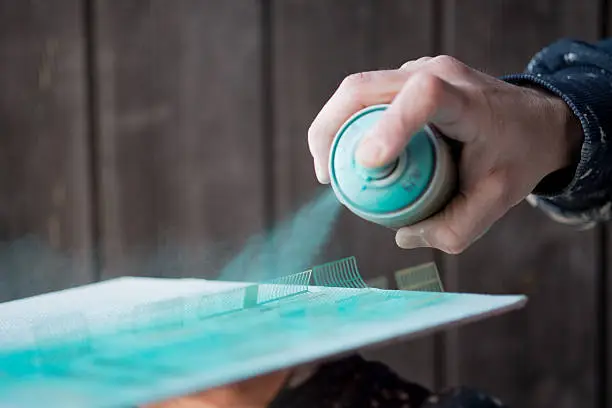
The Shelf Life of Spray Paint Cans
One common question about spray paint cans is whether they have an expiration date. The simple answer is yes; spray paint cans do expire, but not in the same way as food or medicine.
How Long Does Spray Paint Last?
The shelf life of spray paint depends on various factors such as the type of paint, storage conditions, and whether the can is sealed. On average, most spray paint cans can last anywhere from 2 A 10 years if stored properly. Tuttavia, the quality of the paint may degrade over time. The color may shift, and the paint may become less effective at adhering to surfaces or achieving smooth coverage.
Signs That a Spray Paint Can Has Expired
You may notice several signs that a spray paint can is no longer usable:
-
The can is rusted: Rust can form when the can is exposed to moisture, which can cause the propellant to leak and render the paint unusable.
-
The paint sprays unevenly: If you notice that the paint is no longer spraying in a fine mist or is sputtering, it may be due to expired paint or propellant issues.
-
The nozzle is clogged: While not always a sign of expiration, a clogged nozzle can make it difficult to use the spray paint properly. Sometimes a quick cleaning of the nozzle can fix this, but if the can is old, it may be best to replace it.
How to Extend the Shelf Life of Your Spray Paint Cans
To extend the shelf life of your spray paint cans, store them in a cool, dry place away from extreme temperatures and direct sunlight. Keeping the cans in a sealed cabinet or storage container will help protect them from dust and moisture.

Components of a Spray Paint Can: Understanding the Mechanics
Before diving into techniques, it’s important to understand how a spray paint can is structured. This knowledge can help you troubleshoot issues or achieve the best results.
The Nozzle and Valve System
The nozzle and valve are crucial for controlling the flow and spray pattern. The nozzle determines whether the paint comes out as a fine mist, a fan spray, or a wide, heavy coating.
The Propellant and Paint Mixture
Inside the aerosol can, the paint is stored under pressure. The propellant (usually a hydrocarbon gas or compressed air) forces the paint out when you press the nozzle, creating the mist that coats surfaces.
Choosing the Right Spray Paint for Your Project
Selecting the right spray paint for your project involves considering various factors, including the material you’re painting, the type of finish you desire, and how durable you need the paint to be.
Factors to Consider
-
Material Type: Ensure the paint is compatible with the surface you’re painting. For instance, metal surfaces require specific primers and paints.
-
Durabilità: Consider if the project will be exposed to the elements. For outdoor use, choose paints designed for weather resistance.
-
Finish: Choose the right finish—glossy, opaco, or satin—based on your desired look.
Selecting Paint Color and Type
Color selection is critical, as it affects the final look of your project. Pay attention to the sheen, as different finishes (matte vs. glossy) can change how colors appear. For functional projects like automotive customization, choose automotive-grade paints designed for such tasks.
Spray Paint Application Techniques
To achieve the best results, proper application is key. Let’s discuss how to use spray paint efficiently and professionally.
Surface Preparation and Cleaning
Before spraying, clean the surface thoroughly. Dust, grease, or old paint can affect the adhesion and final appearance. Sanding rough surfaces is also necessary to ensure smoothness.
Correct Spray Techniques for Smooth Finishes
Hold the can 6-12 inches away from the surface and use smooth, even strokes. Don’t focus on one area for too long to avoid drips. Apply light coats, allowing each layer to dry before adding another.
Layering and Drying Time
Multiple thin layers are better than one thick coat. Allow sufficient drying time between coats to avoid smudging.
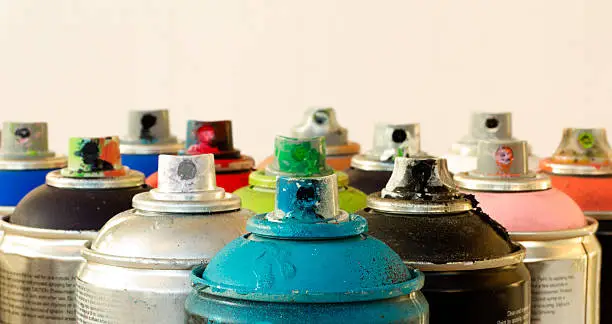
Common Mistakes and How to Avoid Them
Despite its simplicity, spray painting has its pitfalls. Here are some common mistakes:
-
Applying too much paint at once: This can result in drips and uneven coverage. Ricordare, it’s always better to apply several thin coats.
-
Not allowing the paint to dry properly: This can cause the finish to become sticky or smudge.
-
Using the wrong type of paint: Always ensure you’re using paint suitable for the surface you’re working on.
The Role of Spray Paint in Art and Graffiti
Spray paint has played a significant role in urban culture, particularly in graffiti art. It offers quick coverage, and the unique texture it creates has made it a go-to medium for artists worldwide.
Spray Paint in Home Improvement Projects
Spray paint is invaluable for home improvement projects like furniture restoration or redecorating metal objects. It’s perfect for applying an even coat to intricate details and hard-to-reach areas.
Innovative Uses for Aerosol Spray Paint
Spray paint isn’t limited to just walls and cars. It’s used for stencils, industrial applications, signage, and even as a temporary solution for damaged surfaces.
Maintaining and Storing Spray Paint Cans
Proper maintenance and storage of spray paint cans ensure they last longer. Store them upright, away from direct heat or sunlight, and ensure the cap is tightly secured.
Should You Use Expired Spray Paint?
Using expired spray paint can sometimes lead to poor results. The paint might not adhere properly to surfaces, or the color may appear uneven. Tuttavia, in some cases, expired paint can still work—though the finish may not be as smooth or vibrant. If you’re unsure whether the spray paint will perform well, consider testing it on a small area before committing to a larger project.
What Types of Spray Paint Are Available?
Spray paint comes in a variety of formulations to suit different types of projects. Here are some of the most common types of spray paint:
General-Purpose Spray Paint
This is the most versatile type of spray paint. It can be used on a wide range of surfaces, including wood, metallo, and plastic. It’s perfect for DIY projects, crafts, and touch-ups around the house.
Automotive Spray Paint
Designed specifically for cars and other vehicles, automotive spray paint is formulated to be more durable and resistant to weathering and UV rays. It’s ideal for painting car parts or restoring faded bumpers.
High-Temperature Spray Paint
High-temperature spray paint is designed to withstand extreme heat, making it perfect for grills, engines, or other items that are exposed to high temperatures.
Rust-Oleum Spray Paint
Rust-Oleum is a brand known for its specialized paints that prevent rust and corrosion. Their spray paints are excellent for outdoor metal surfaces and for items that are exposed to moisture.
Specialty Spray Paints
These include spray paints designed for unique finishes such as metallic, chalkboard, or glitter effects. They are ideal for arts and crafts, or for projects where a specific aesthetic is desired.
Common Problems When Using Spray Paint
Although spray paint is an easy-to-use product, there are a few common issues that users encounter. Here are some problems and their solutions:
Uneven Coverage
Uneven spray paint coverage can result from shaking the can too little or too much. Always shake the can thoroughly for at least 1-2 minutes before spraying, and hold the can about 6-12 inches from the surface while spraying. Keep the can moving to avoid heavy spots of paint.
Drips and Runs
Drips occur when too much paint is applied in one area. To avoid this, apply several thin coats rather than one heavy coat. Allow each coat to dry before applying the next.
Crisp Edges
If you want clean, crisp edges, consider using painter’s tape to mask off areas that shouldn’t be painted. Remove the tape while the paint is still wet to avoid peeling.
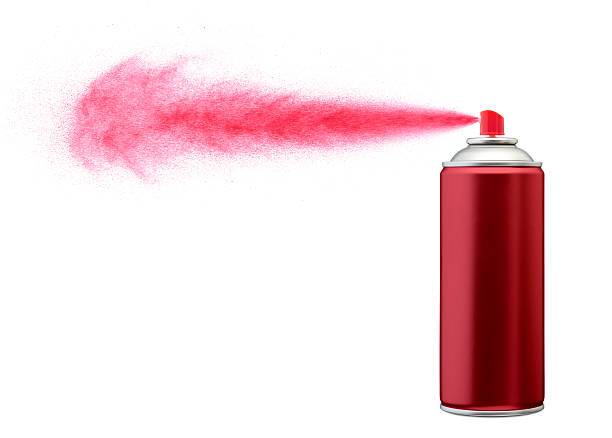
FAQs about Spray Paint Cans
1. How long does a spray paint can last once opened?
Once opened, a spray paint can will last for as long as the paint is usable. The propellant may run out before the paint itself, and once it does, the can will no longer spray.
2. Is it safe to use spray paint indoors?
It is safest to use spray paint outdoors or in a well-ventilated area to avoid inhaling fumes. If using indoors, ensure the room is well-ventilated, and consider wearing a mask.
3. Can spray paint be used on fabric?
SÌ, there are fabric-specific spray paints available that work on various textiles, including clothing and upholstery. Regular spray paint may not adhere well to fabric.
4. How do I clean a clogged spray paint nozzle?
If your nozzle is clogged, try soaking it in warm water or using a small needle to clear the opening. You can also use a can of compressed air to blow out any paint residue.
5. Can spray paint be used on plastic?
SÌ, there are specific spray paints designed for plastic surfaces. Make sure to use a paint formulated for plastics to ensure proper adhesion and durability.
6. How can I fix spray paint mistakes?
If you make a mistake while painting, you can usually correct it by sanding down the affected area and repainting. Use fine-grit sandpaper to smooth out any rough spots before applying a new coat.
Conclusione
Spray paint cans are an incredible innovation that continues to serve artists, DIY enthusiasts, and professionals alike. While they offer a convenient and effective way to apply paint, it’s essential to follow safety guidelines, understand the shelf life, and select the right type of paint for your specific needs.
When it comes to quality and reliability, FANXUN stands out as a world-class manufacturer and supplier of spray paint cans. With a wide variety of specifications and shapes to choose from, FANXUN ensures that you get the right product for any project. Whether you’re touching up a piece of furniture or working on a large-scale industrial project, FANXUN provides the tools you need to achieve perfect results.















